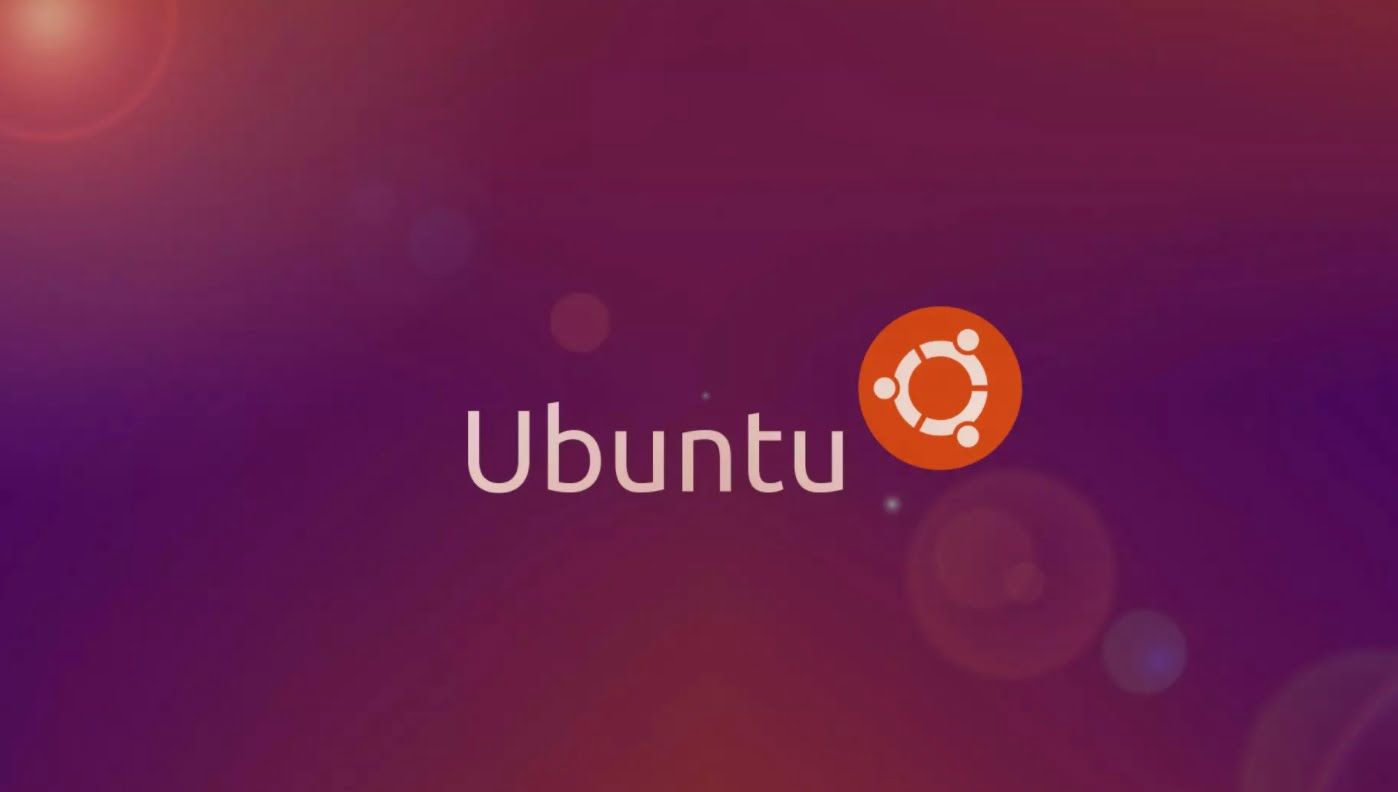It is already available to download the final and stable version of Ubuntu 20.10. After its maintenance, Ubuntu 20.04.1 LTS is the recommended version for practically all cases of use such as the extended support it provides, the incremental stability it gains over time and it receives background updates every few months. Thus, Ubuntu 20.04.2 LTS, which is expected to be released next February, will come with the same basic innovations of the version we are dealing with today, including the Linux kernel and the graphic drivers and with the possibility of updating directly from the previous version.
However, there are many users who don’t like to wait, but rather jump into the pool as a new version of Ubuntu comes out, and right now, there is no newer version than Ubuntu 20.10, codenamed ‘Groovy Gorilla’.
What’s new in Ubuntu 20.10?
Speaking of Ubuntu 20.10, the first new thing that comes to mind is the new bug-based wallpaper of this version with which Canonical creatives set a new record for ugly, horrible designs. It is a trifle, but someone had to say it, because this is what you see first when you join in.
We will now move on to the real news, although the two most important ones are already known: the Linux 5.8 kernel and the GNOME 3.38 desktop environment, each contributing its own, which is no small thing. And that’s it. This is basically what Ubuntu 20.10 is all about, at least for the ordinary user.
Of course, it comes with many other changes, of which we can highlight the release of nftables as a new default backend for the firewall, the integration of Active Directory in the system installer and the new versions of packages such as OpenJDK 11, Firefox 81, Thunderbird 78.3.2, LibreOffice 7.0.2.
Another new feature brought by this release, although not exclusively aimed at the traditional desktop: Ubuntu 20.10 is the first version with full support for Raspberry Pi 4. Until now, the union of Ubuntu and Raspberry Pi had been focused on the server editions of the system, certifications included. From now on Ubuntu Desktop can be installed on Raspberry Pi 4 accordingly, provided you have more than 4GB of RAM. And anyone who still prefers to install Ubuntu Server can still do so.
As for other devices, Ubuntu 20.10 comes with kernel integration into OEM equipment, making it easy to upgrade custom packages that include manufacturers or assemblers of computers with Ubuntu pre-installed.
Official Ubuntu 20 editions
Ubuntu doesn’t only have one version, there are several, although the main edition of Ubuntu with GNOME usually gets the most attention for being the flagship of Canonical. Nevertheless, we should recommend some of them:
Kubuntu 20.10: Kubuntu is possibly the most interesting edition of Ubuntu because of the desktop environment that this version has, in this case, this version integrates KDE Plasma 5.19 with KDE Applications 20.08.
Xubuntu 20.10: Xubuntu is another edition now with Xfce 4.14 as a desktop environment with updated components, although it also uses GNOME and MATE stuff.
Ubuntu MATE 20.10: Of course, if you are interested in MATE, Ubuntu MATE is the flavor to choose, which comes with MATE 1.24.
Ubuntu Budgie 20.10: Ubuntu Budgie is for the moment the last official edition given place and in spite of the fact that it does not usually introduce many new features due to the slow development of its desktop, for this version it is one of the ones that implement more changes. Take a look at the release notes to learn more (there are many small details, but everything counts).
Lubuntu 20.10: Finally, the lightest member of the family, Lubuntu, whose highlight is the LXQt 0.15 desktop.





